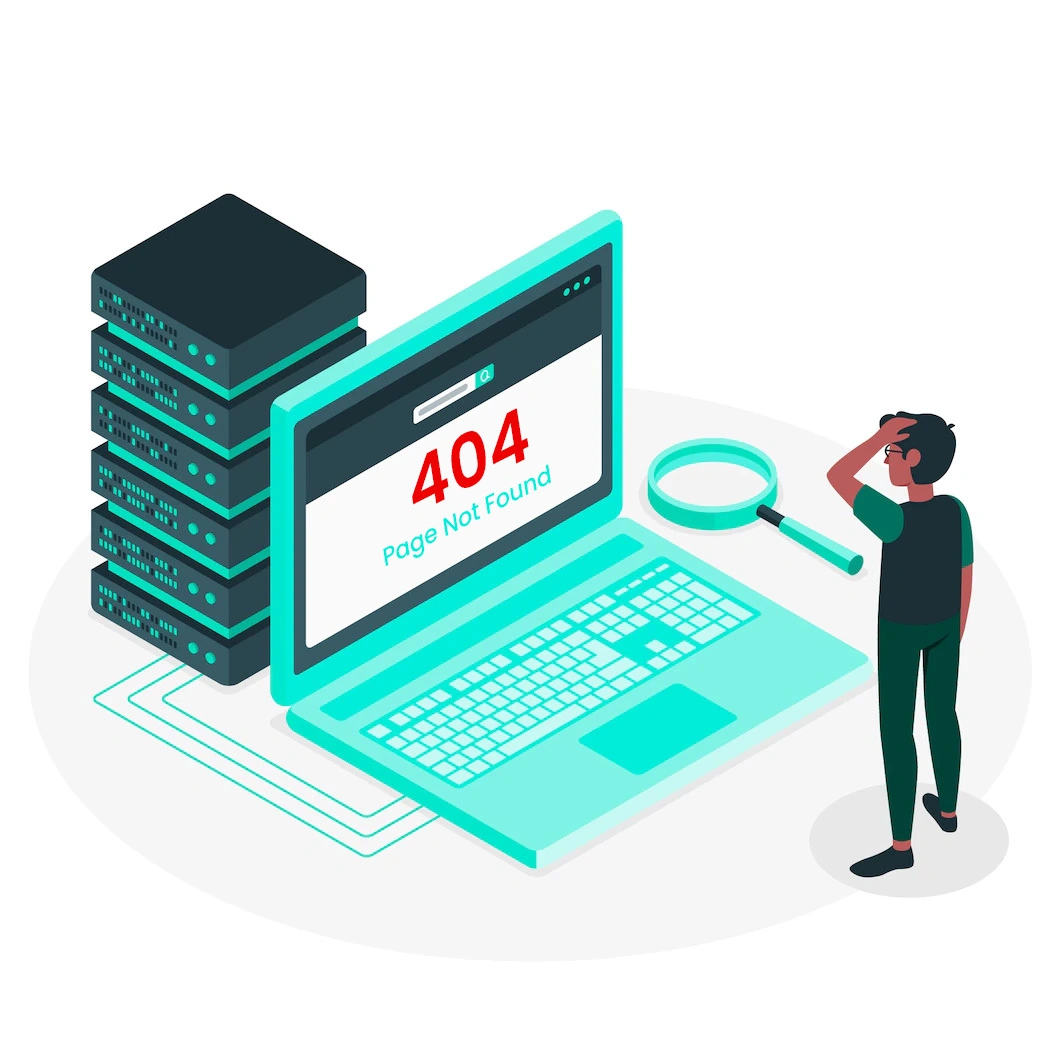
It appears the page you were looking for doesn’t exist. Sorry about that.
Click here to go back to www.sctinfo.com

© copyrights 2024. SivaCerulean Technologies. All rights reserved.

Click here to go back to www.sctinfo.com

© copyrights 2024. SivaCerulean Technologies. All rights reserved.